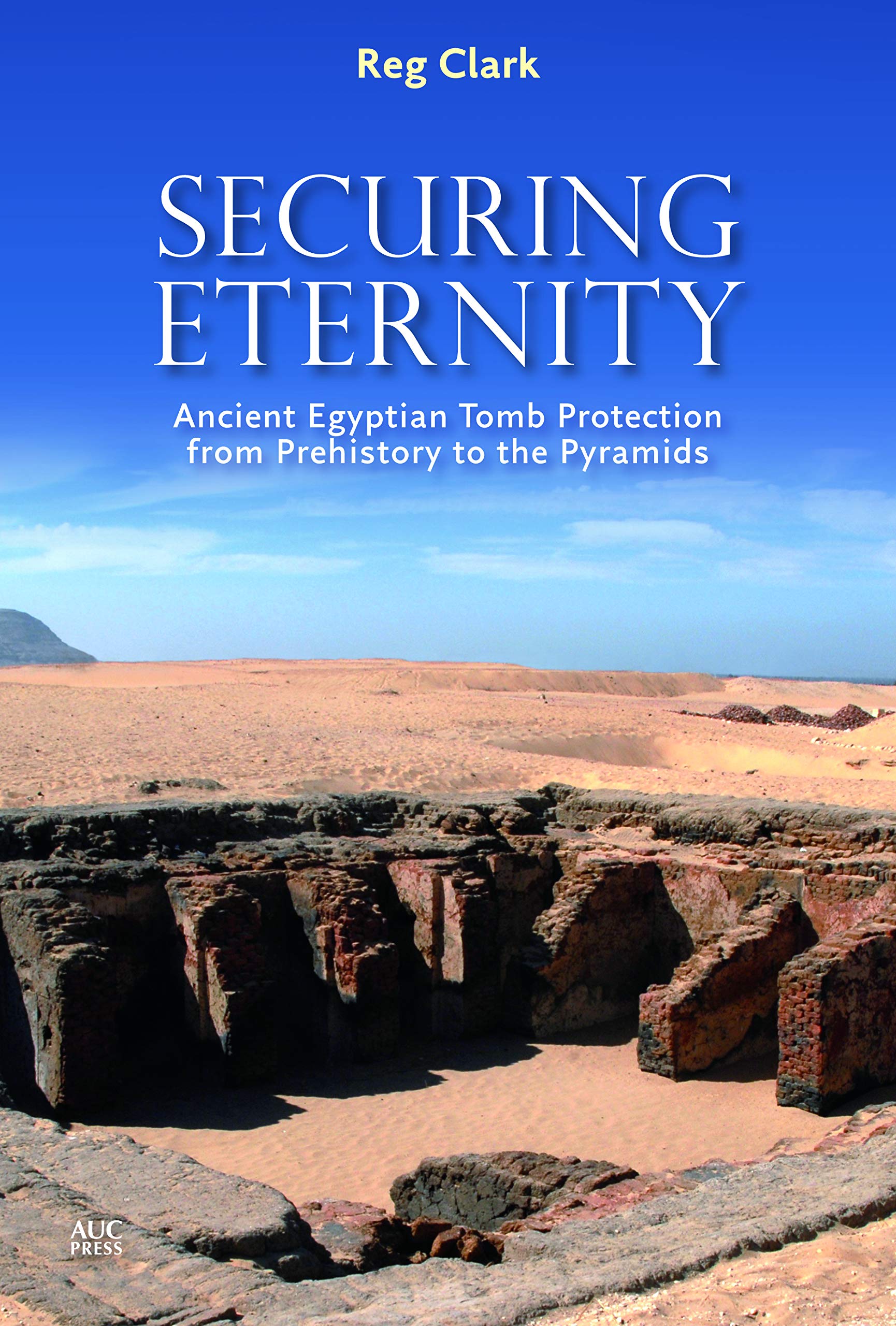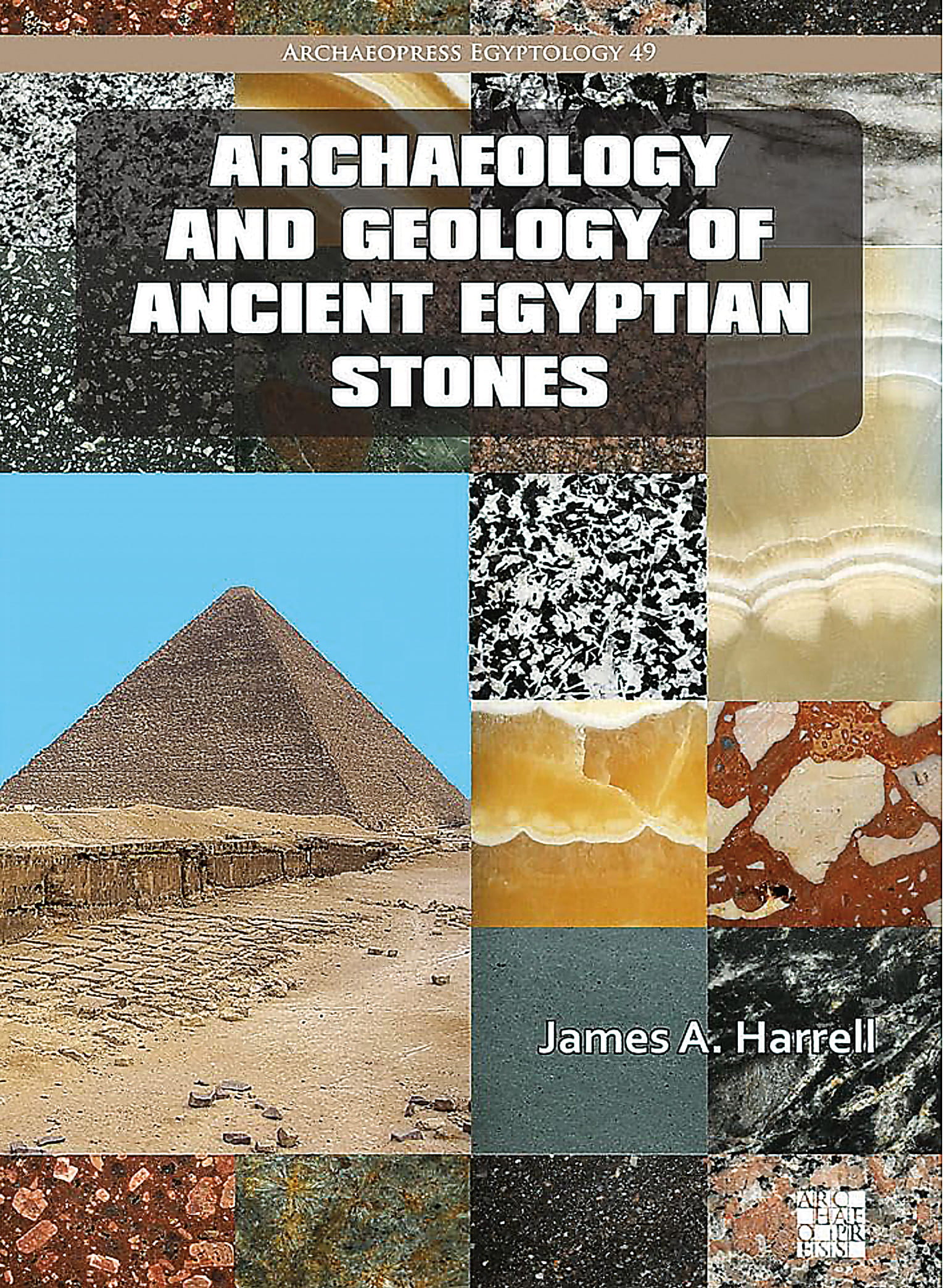
Securing Eternity: Ancient Egyptian Tomb Protection From Prehistory to the Pyramids
Dianna Wray
Reg Clark.
AUC Press, 2019.
“The overwhelming evidence of the investment made by ancient Egyptians in the construction, decoration, and protection of their tombs suggests that for them, the tomb was far more than just a practical method of hygienically disposing of their dead.”
—From Securing Eternity
For Ancient Egyptians, the tomb served as a crucial part of the afterlife, a place where spiritual elements of a person’s being, ha and ka, reunited with the body each night. Thus, every tomb was outfitted with what the deceased would need or want to enjoy themselves. Although this practice attracted grave robbers in droves, for centuries ancient Egyptians opted to alter their burial architecture and security systems versus removing the temptation of well-stocked tombs, Clark writes. Driven by his fascination for Egyptian tomb security —sparked during his first visit via a robber’s tunnel to a stone-lined burial chamber—Clark has written a thorough guide to Egyptian burial security methods from more modest Predynastic Period (about 5000 BCE) reinforcements to sumptuous, carefully crafted Fourth Dynasty (about 2500 BCE) chambers. Clark traces an evolution that saw everything from architectural tricks to curses deployed to protect the tombs—and almost never paying off.
—DIANNA WRAY
You may also be interested in...

A History of Mali’s National Drink Traces Green Tea—Book Review
By tracing ritual instead of commerce, anthropologist Ute Röschenthaler shows that the story of tea in West Africa involves multidirectional routes and local agency.
Archaeology and Geology of Ancient Egyptian Stones—Book Review
In categorizing the stones the ancient Egyptians used, author James A. Harrell unites geology, archeology and cultural history in one monumental reference.